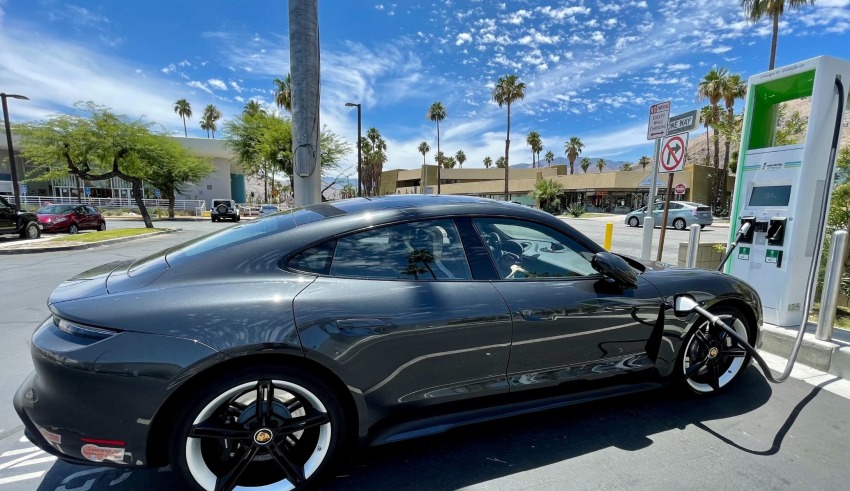
The global electric car market is growing fast, with sales doubling from 3.3 million in 2020 to 6.6 million in 2021, according to the World Economic Forum. EVs (electric vehicles) have gained a lot of popularity in recent years, thanks to government support and innovations taking the car industry by storm. As many OEMs worldwide focus more on electrified vehicles to decarbonize the private transport sector, investment in innovative solutions is increasing rapidly. Each of these solutions has the potential to make a significant impact in the EV industry. Here are some exciting innovations driving the EV revolution.
New Battery Technologies
While EVs guarantee low carbon emissions, distributed adoption has been slow. Many individuals still prefer combustion engine vehicles because they are cheaper compared to EVs. One of the key factors behind the high cost of electric automobiles is lithium-ion batteries. Some estimates reveal these batteries account for 20-40% of EV costs.
To reduce the cost of EVs and make them more green, automakers worldwide are looking at different electric car battery alternatives. There are many options available, such as sodium-ion, zinc-ion, lithium-sulfur, aluminum-air batteries, graphene, and manganese batteries. The primary goal for automobile manufacturers now is to identify the perfect ingredients that offer a mix of affordability and scalability.
Enhanced Battery Range
The range is one of the key aspects consumers look at when reading EV and electric bike reviews online. For example, let’s say you want to buy a 500-watt e-bike or car, so you want to be sure your battery will last throughout your commute. Lightweight vehicle manufacturers and battery makers understand the increasing need for efficiency in battery range and charging time. To meet consumer demand, automakers are turning to advanced battery technologies to improve range. One breakthrough is the lithium-sulfur battery, which can hold five times the charge of conventional lithium-ion batteries. The only downside of this battery innovation is unstable cathodes that make lithium-sulfur batteries degrade with every charge. To leverage the power of lithium-sulfur batteries in EVs, automakers must work hard to make this technology viable.
Electrified Roads
The electrification of passenger cars and other lightweight vehicles like e-bikes is a sure way of reducing carbon emissions. However, it’s impossible to shift to a low-carbon economy when commercial vehicles still rely on fossil-fuel-powered engines. For this reason, automakers are exploring if electric cables, similar to those metro services and city trams, can charge large vehicle batteries while in transit, or power the entire vehicle. Other electric road innovations that could be effective in charging large vehicles are conductive and inductive power transfer from the road.
Typically, conductive electricity transfer from the road entails transferring power to automobiles through rails built-in or on top of road surfaces while inductive power transfer or wireless charging, charges e-vehicles by transferring electric current through coils integrated into the road and in the car without a wire. Although the use of electric roads is still limited, they could play a significant role in reducing range anxiety when driving long distances.
Driving an electric vehicle is a sure way of reducing carbon emissions on roadways. However, people have been hesitant to adopt EVs due to high costs and range anxiety. Because of this, automakers have innovated new battery technologies. They are also creating electrified roads and improving battery life to reduce range anxiety while traveling long distances.